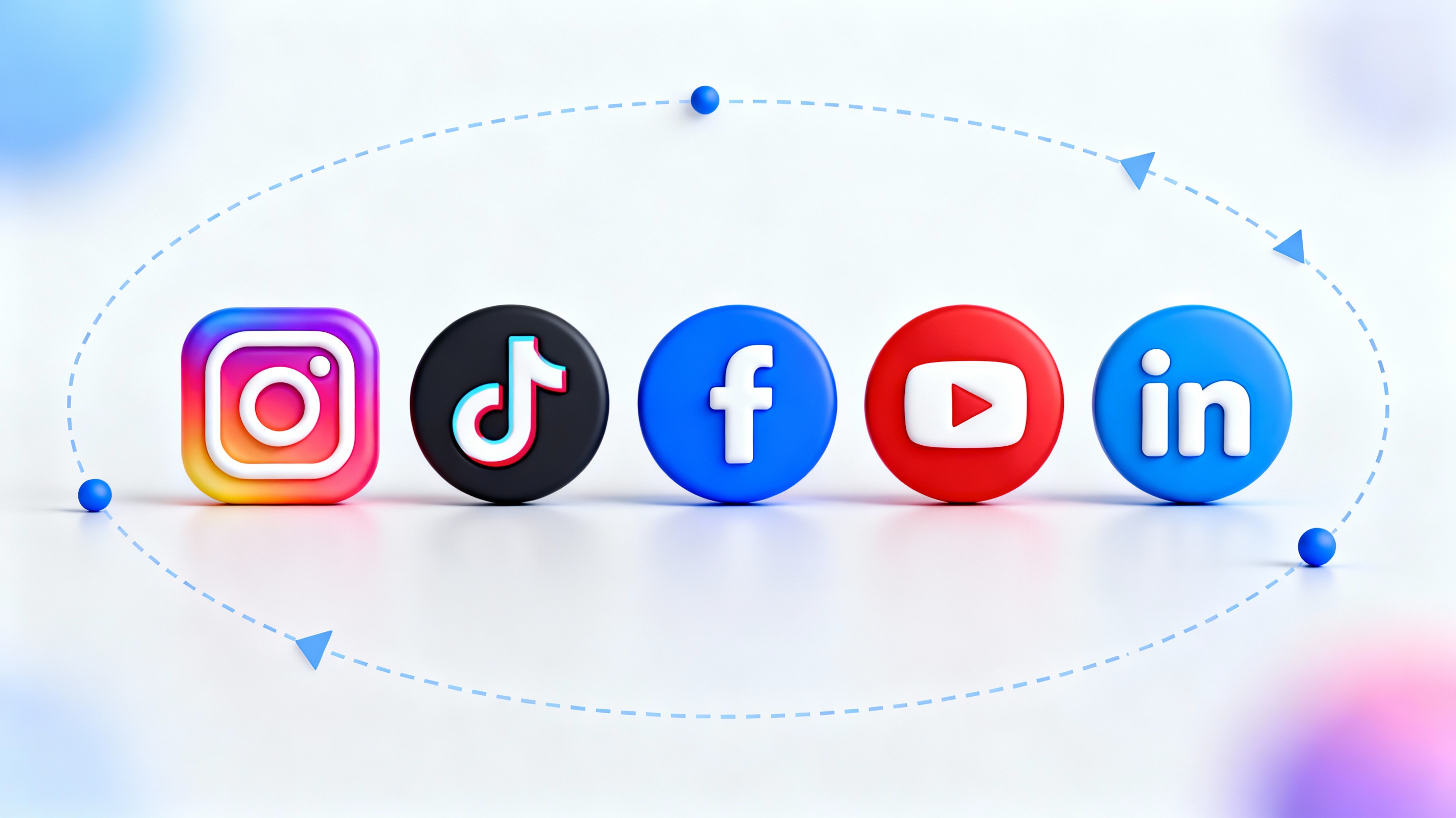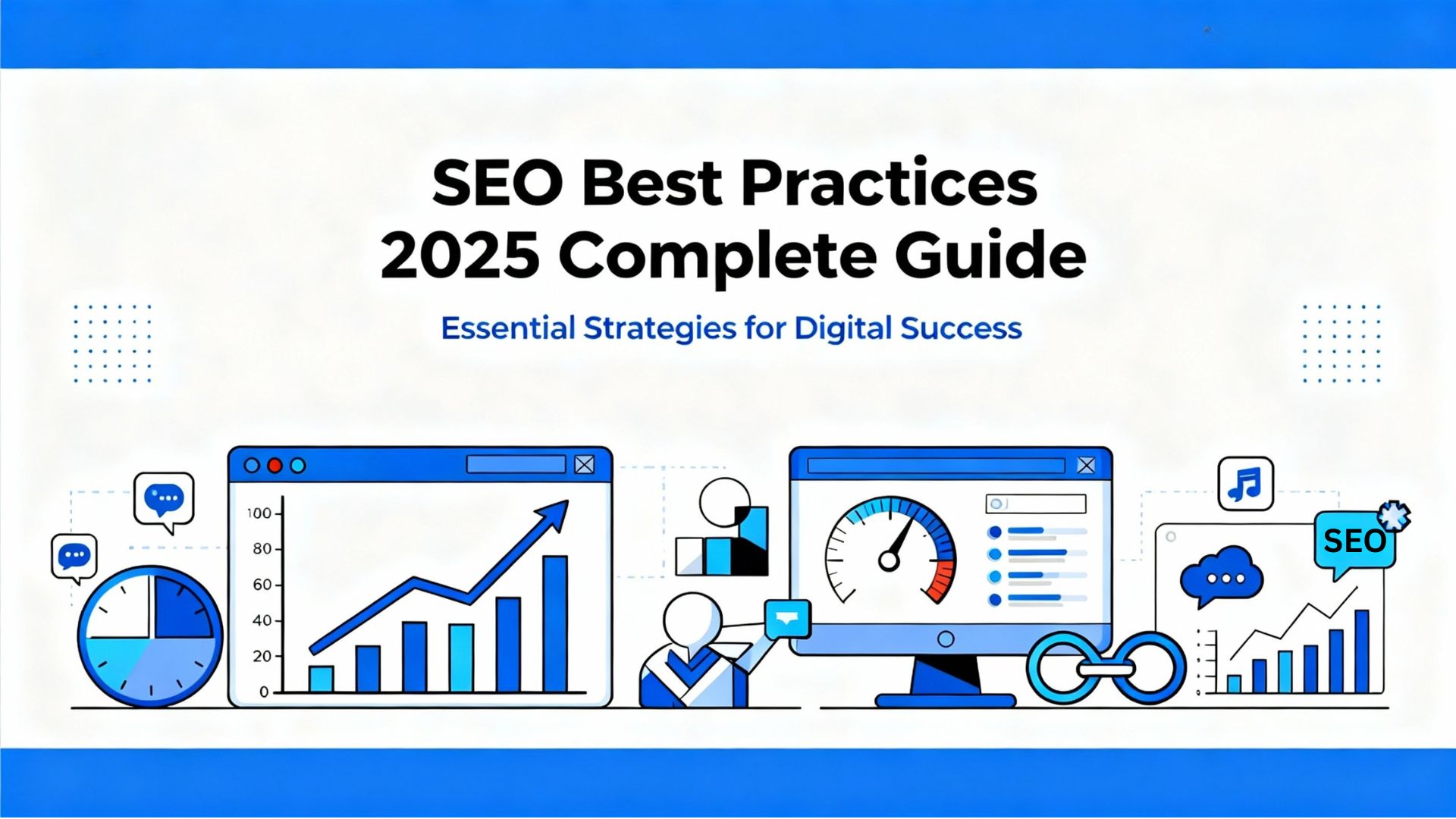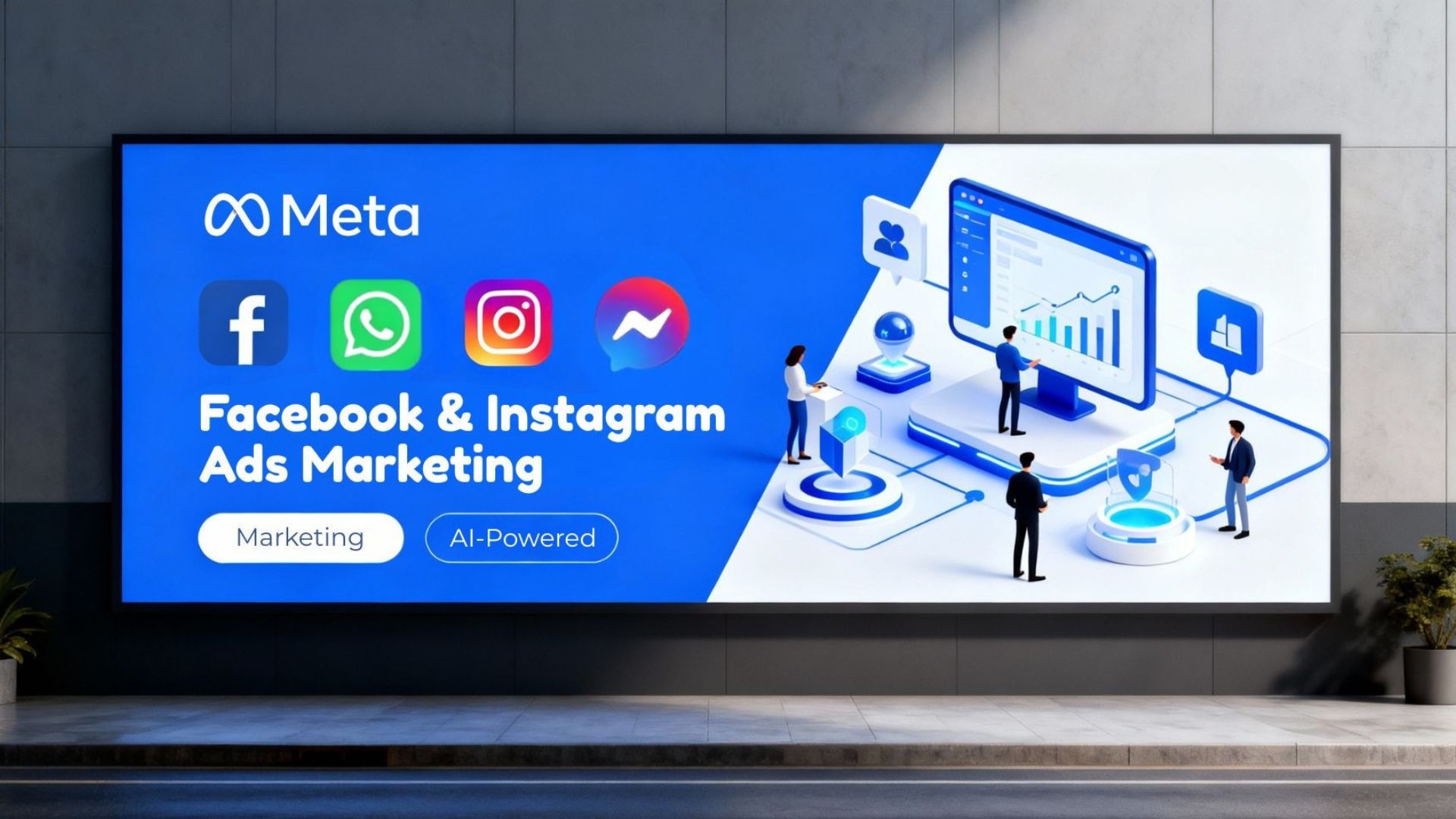Why Your Ads Aren't Working — And What to Do About It
You've invested time and money into your advertising campaigns, but the results are disappointing. Low click-through rates, minimal conversions, and wasted ad spend are frustrating — especially when you see competitors thriving with their campaigns.

The good news? Most advertising failures stem from a handful of common mistakes that are surprisingly easy to fix once you identify them. Let's explore the main culprits and practical solutions.
🎯 Problem 1: You're Targeting the Wrong Audience
Signs Your Targeting is Off:
- High impressions but zero engagement
- Low click-through rates (below 1%)
- Clicks from irrelevant audiences
- High bounce rates on landing pages
Solutions:
1. Create Detailed Buyer Personas
✅ Action Items:
- Research your existing customers' demographics, interests, and behaviors
- Conduct surveys to understand pain points and motivations
- Analyze your best-performing campaigns to identify common characteristics
- Use social media analytics to understand your engaged audience
2. Use Advanced Targeting Options
Leverage platform-specific targeting features:
- Facebook/Instagram: Lookalike audiences, custom audiences, interest-based targeting
- Google Ads: In-market audiences, demographic targeting, remarketing lists
- LinkedIn: Job title, company size, industry, seniority level
3. Test and Refine
Start broad, then narrow down based on performance data. Don't be afraid to exclude audiences that aren't converting.
🎯 Problem 2: Weak or Confusing Value Proposition
Signs Your Value Proposition is Weak:
- Ads getting impressions but no clicks
- Comments asking "What does this do?"
- Confusion about your offer
- Low engagement despite good targeting
Solutions:
1. Lead with Benefits, Not Features
❌ Weak: "We offer comprehensive digital marketing services"
✅ Strong: "Get 3x More Customers in 90 Days — Proven Facebook & Instagram Ads Strategy"
2. Be Specific and Quantifiable
Instead of vague promises, use concrete results:
- "Save 15 hours per week"
- "Increase revenue by 40%"
- "Get 100 new leads monthly"
3. Create a Clear Call-to-Action (CTA)
✅ Action Items:
- Use action verbs: "Download," "Start," "Get," "Claim"
- Create urgency: "Limited time," "Only 5 spots left"
- Be specific about what happens next: "Start Your Free Trial"
🎯 Problem 3: Poor Ad Creative and Copy
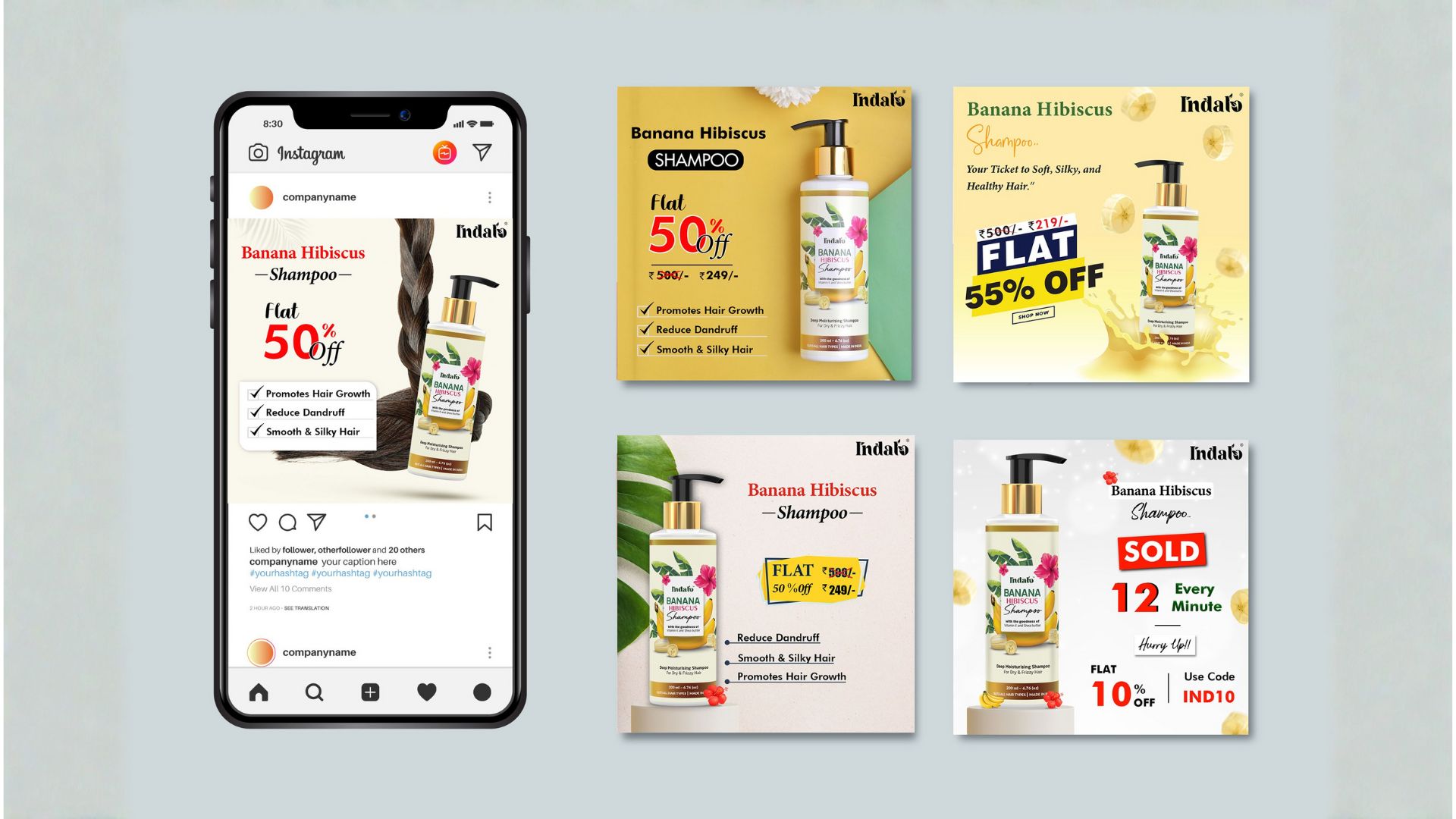
Signs Your Creative Needs Work:
- Low impression share
- Poor engagement rates
- Ads feel generic or templated
- No emotional connection with audience
Solutions:
1. Use Authentic, Eye-Catching Visuals
✅ Action Items:
- Show real people using your product
- Use bright, contrasting colors that stand out in feeds
- Include text overlays on images (many platforms allow this)
- Test video ads for higher engagement
- A/B test different creative styles
2. Write Compelling Headlines
Your headline should:
- Grab attention in 3 seconds
- Address a specific pain point
- Promise a clear benefit
- Create curiosity or urgency
3. Match Creative to Platform
- Facebook/Instagram: Casual, authentic, mobile-first
- LinkedIn: Professional, data-driven, B2B focused
- Google Ads: Solution-focused, keyword relevant
🎯 Problem 4: Mismatch Between Ad and Landing Page
Signs of a Mismatch:
- High click-through rates but low conversions
- High bounce rates (over 60%)
- Users leave within seconds
- Complaints about being misled
Solutions:
1. Maintain Message Consistency
✅ Action Items:
- Use the same headline/offer from ad to landing page
- Match visual style (colors, fonts, imagery)
- Keep value proposition identical
- Ensure CTA button matches ad promise
2. Optimize Landing Page Experience
- Mobile-first design: Most traffic comes from mobile
- Fast loading times: Aim for under 3 seconds
- Clear, scannable layout: Use headings, bullet points, whitespace
- Single, focused goal: Don't overwhelm with multiple CTAs
- Trust signals: Testimonials, reviews, security badges
3. Reduce Friction
- Minimize form fields (only ask for essentials)
- Offer multiple conversion options (phone, email, chat)
- Use progressive profiling for longer forms
- Remove unnecessary navigation that leads away
🎯 Problem 5: Not Tracking or Analyzing Performance
Signs You Need Better Tracking:
- Can't identify which ads drive conversions
- Confusion about ROI
- Making decisions based on assumptions
- Missing conversion opportunities
Solutions:
1. Set Up Conversion Tracking
✅ Action Items:
- Install Facebook Pixel for Meta Ads
- Set up Google Analytics 4 with conversion goals
- Use UTM parameters for all campaign links
- Track phone calls (call tracking software)
- Monitor form submissions and downloads
2. Define Key Performance Indicators (KPIs)
Track metrics that matter:
- Cost Per Acquisition (CPA): How much to acquire a customer
- Return on Ad Spend (ROAS): Revenue generated per dollar spent
- Click-Through Rate (CTR): Percentage who click your ad
- Conversion Rate: Percentage who complete desired action
- Customer Lifetime Value (CLV): Long-term value of customers
3. Regular Analysis and Optimization
- Review performance weekly (or more frequently for new campaigns)
- Pause underperforming ads quickly
- Scale winning ads and audiences
- Test one variable at a time
- Document learnings for future campaigns
🎯 Problem 6: Insufficient Budget or Poor Budget Allocation
Signs of Budget Issues:
- Campaigns struggling to exit learning phase
- Inconsistent results
- Poor ad delivery
- Can't reach target audience effectively
Solutions:
1. Set Realistic Budget Expectations
✅ Action Items:
- Calculate your target CPA based on profit margins
- Allocate at least 20% of revenue to marketing for growth
- Ensure budget allows for 50+ conversions per week (for algorithm learning)
- Start conservative, then scale successful campaigns
2. Use Budget Optimization Strategies
- Campaign Budget Optimization (CBO): Let platform allocate budget to best performers
- Dayparting: Adjust bids for high-performing times
- Bid strategies: Test different bidding methods (lowest cost, target CPA, maximize conversions)
- Budget pacing: Spread spend evenly or front-load for testing
3. Focus Budget on Winning Elements
Once you identify what works:
- Increase budget on high-ROAS campaigns
- Pause or reduce spend on underperformers
- Test new audiences/ad creatives with smaller budgets
- Use 80/20 rule: 80% on proven, 20% on testing
🎯 Problem 7: Ignoring the Sales Funnel
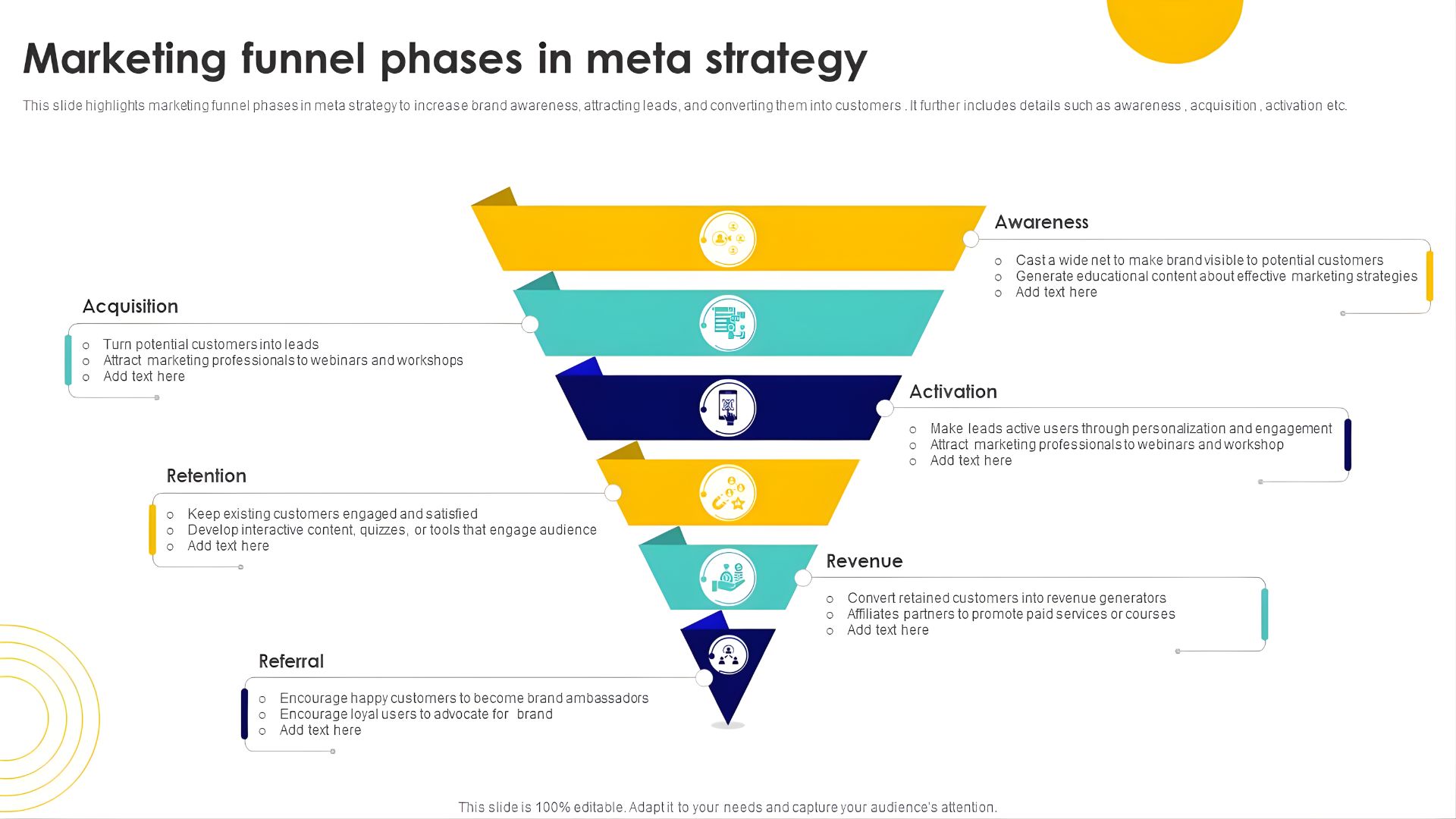
Solutions:
1. Create Funnel-Specific Campaigns
✅ Action Items:
- Awareness Stage: Educational content, brand awareness ads
- Consideration Stage: Comparison content, social proof, case studies
- Conversion Stage: Special offers, urgency, clear CTAs
- Retention Stage: Upsells, cross-sells, loyalty programs
2. Retargeting Strategy
- Show different messages to:
- Website visitors who didn't convert
- People who viewed specific products
- Cart abandoners
- Previous customers (for repeat purchases)
3. Nurture Sequences
Automate email sequences for leads at different stages:
- Welcome series for new subscribers
- Educational content for warm leads
- Special offers for engaged users
🎯 Problem 8: Not Testing Enough
Solutions:
1. Test One Variable at a Time
✅ Action Items:
- Headlines: Test 3-5 variations
- Images/Videos: Test different styles, colors, people
- Ad Copy: Test different angles, lengths, tones
- Audiences: Test lookalikes vs interests, age ranges, locations
- Landing Pages: Test headlines, layouts, CTAs
- Bidding Strategies: Test different bid types and amounts
2. Use A/B Testing Framework
- Test for statistical significance (at least 100 conversions per variant)
- Run tests for sufficient duration (usually 1-2 weeks)
- Document results and implement learnings
- Keep testing — optimization never stops
3. Learn from Winners
When you find winning elements:
- Apply learnings to new campaigns
- Create similar ads for different audiences
- Scale what works, pause what doesn't
- Build a library of proven ad templates
Key Takeaways
Successful advertising isn't about luck — it's about addressing these fundamental issues:
- Target precisely — Know exactly who you're talking to
- Communicate value clearly — Make benefits obvious and specific
- Create compelling creative — Stand out in crowded feeds
- Match ad to landing page — Provide consistent experience
- Track everything — Measure what matters and optimize
- Budget strategically — Allocate enough for learning and optimization
- Respect the funnel — Different stages need different approaches
- Test continuously — Never stop improving
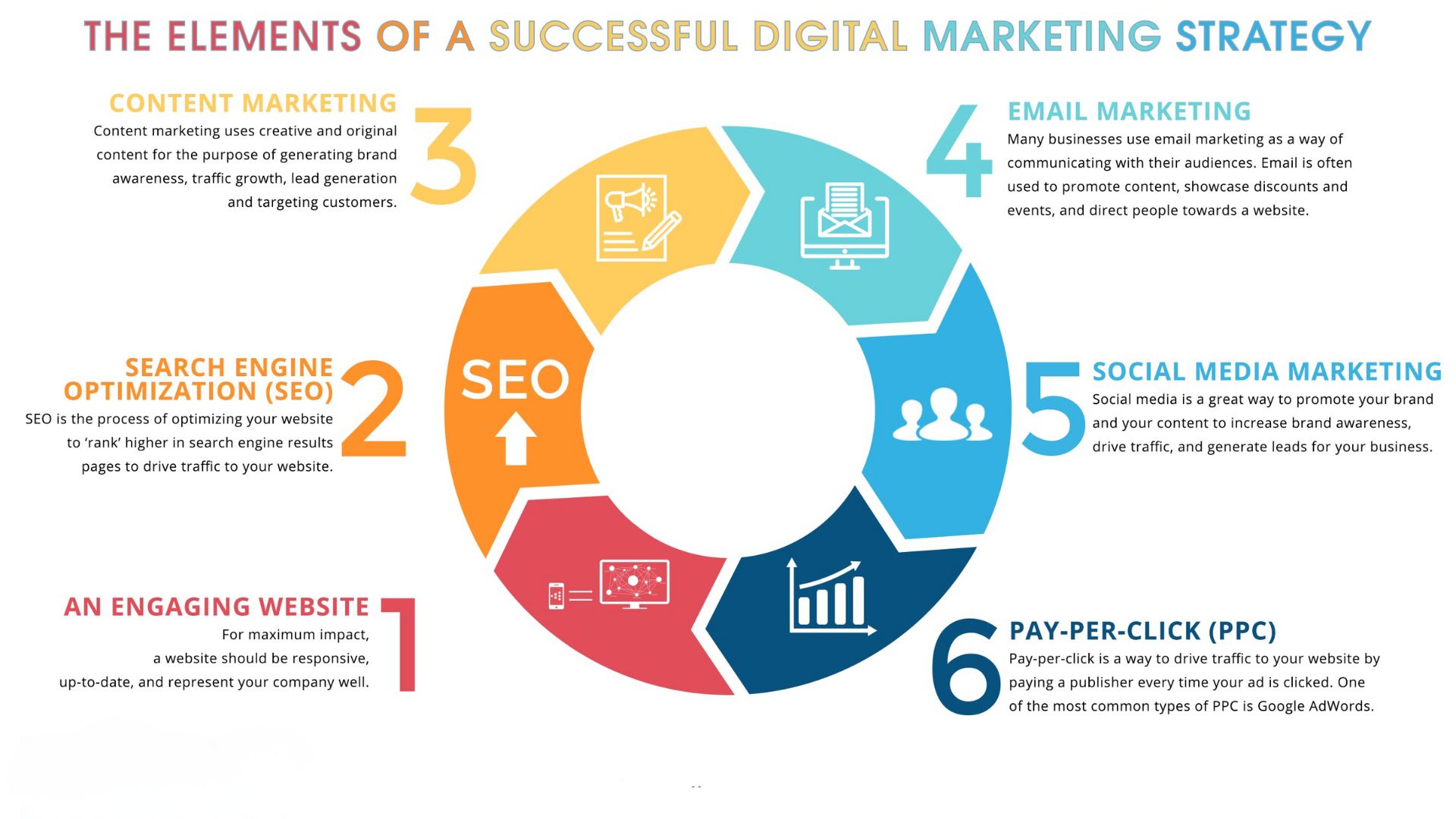
The most important step? Start with one problem at a time. Audit your current campaigns, identify the biggest issue, and tackle it systematically. Small improvements compound into significant results.
Ready to turn your ad performance around? Begin by analyzing your current campaigns against these common problems. The solutions are within reach — it's time to implement them and watch your campaigns thrive.

